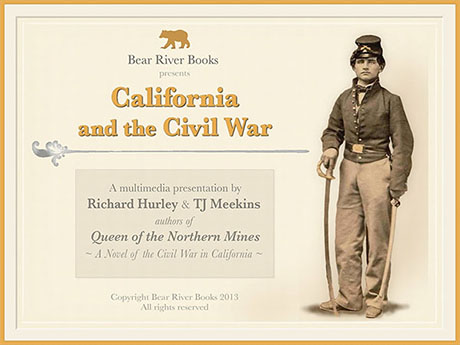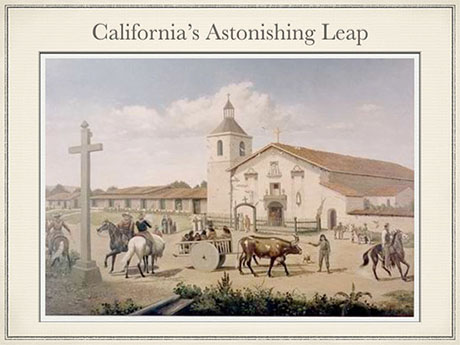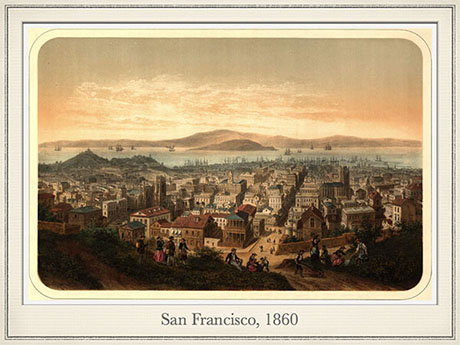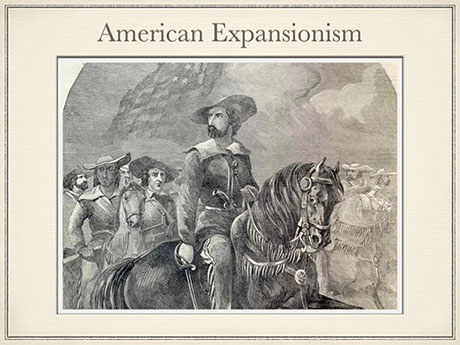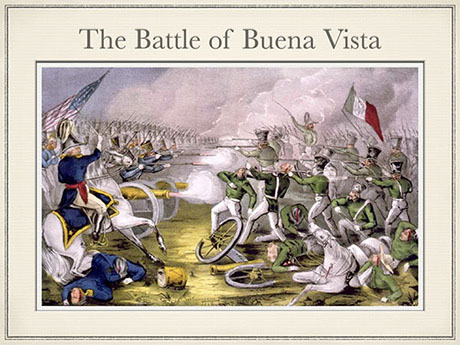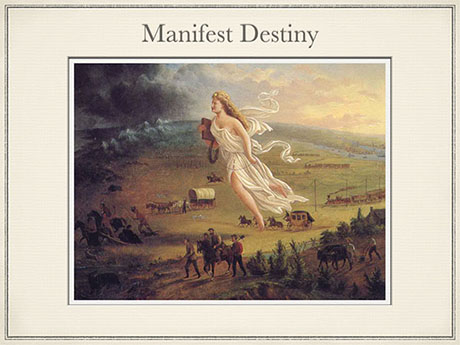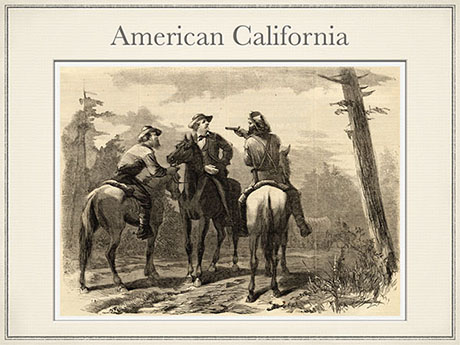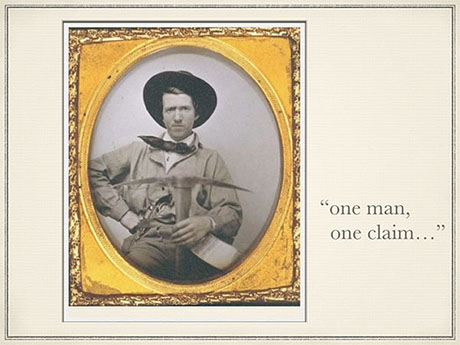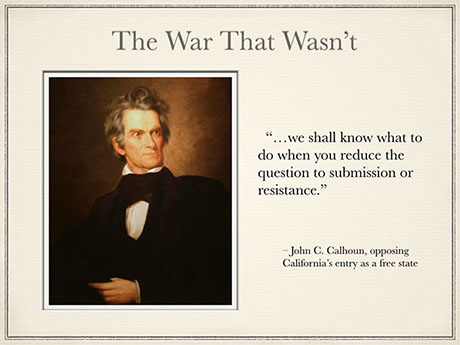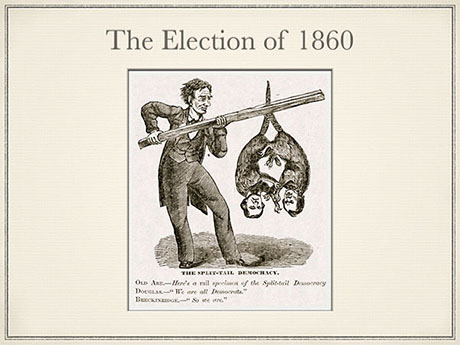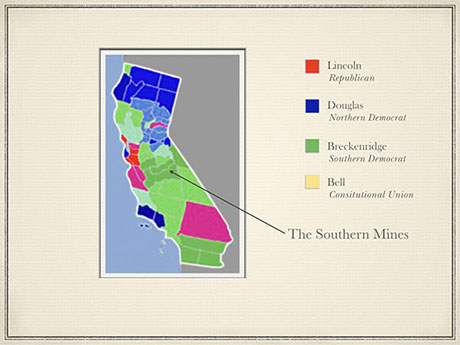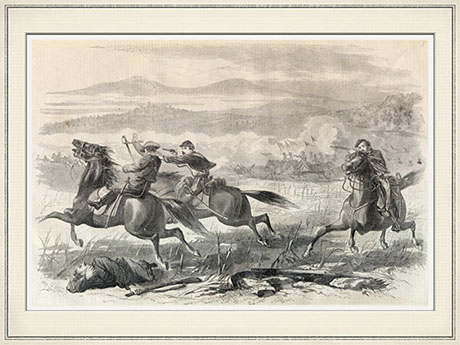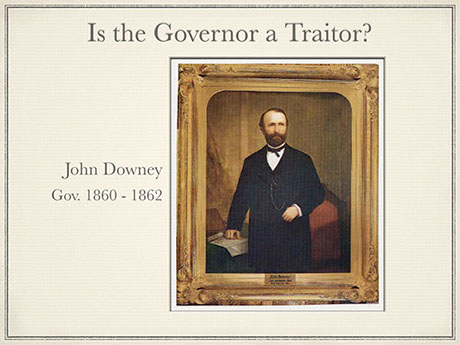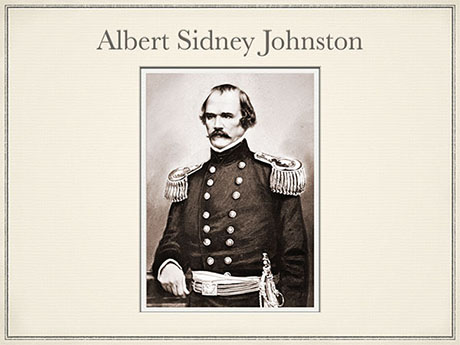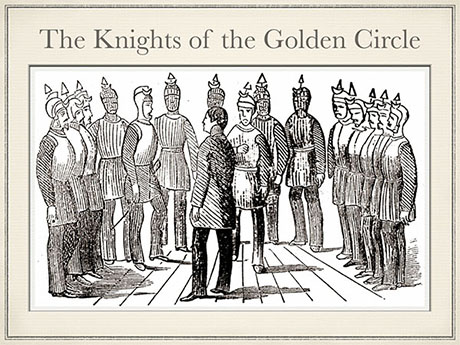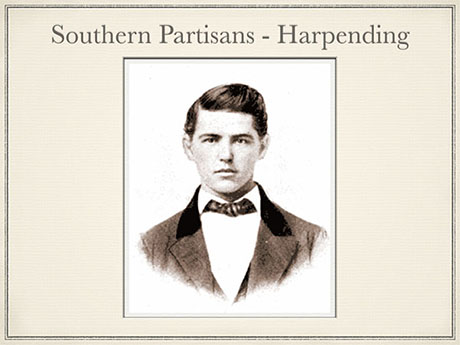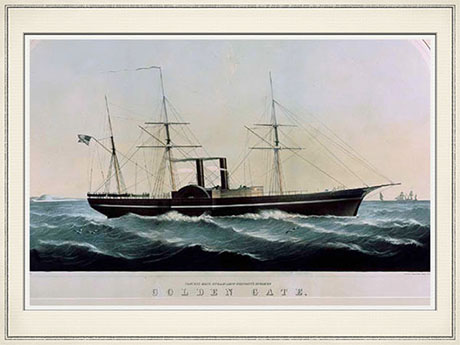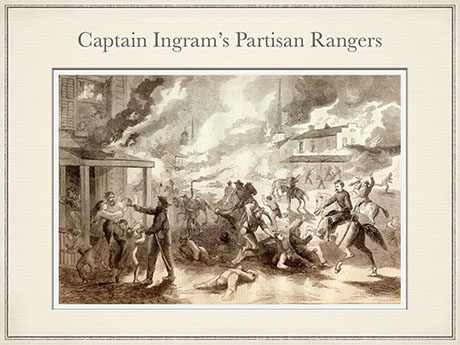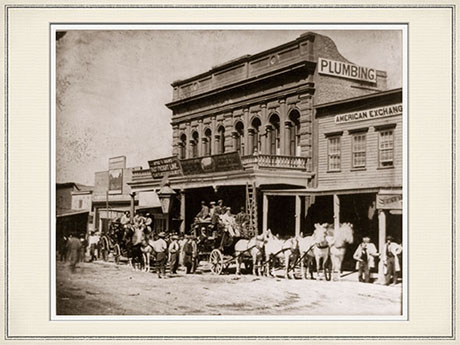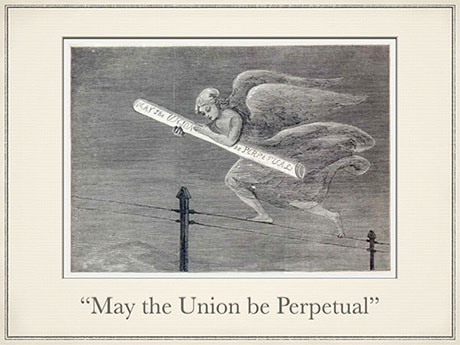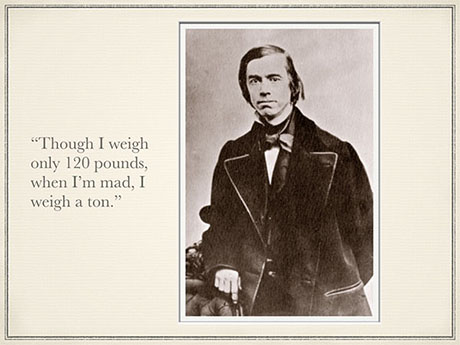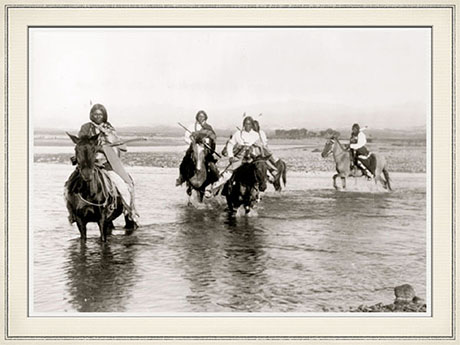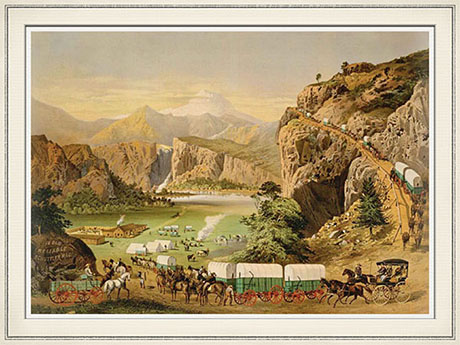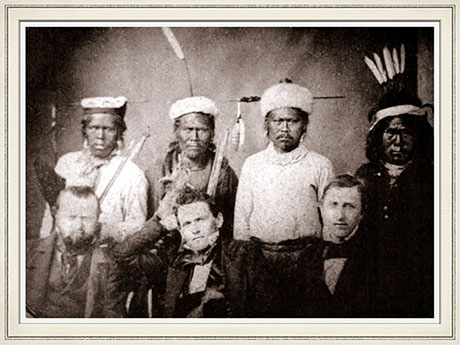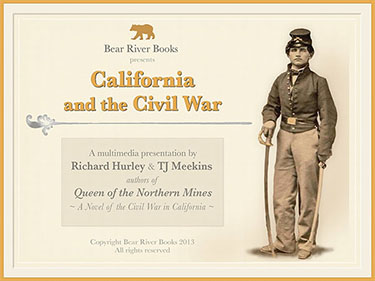
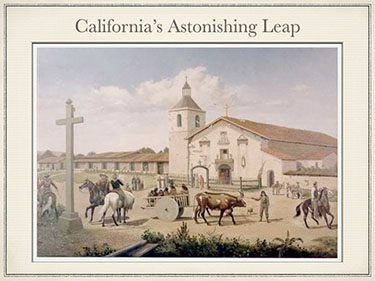
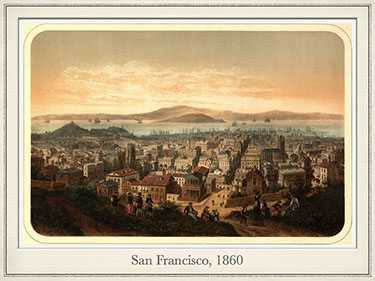
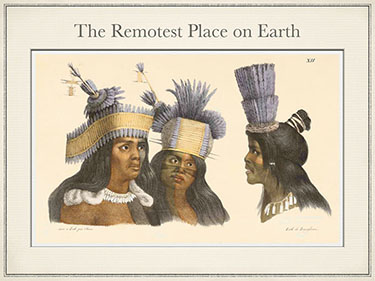
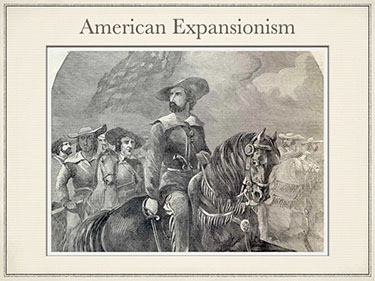
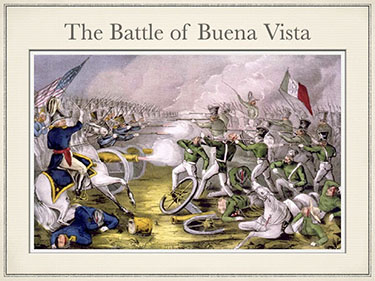
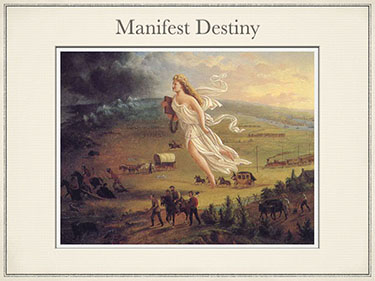
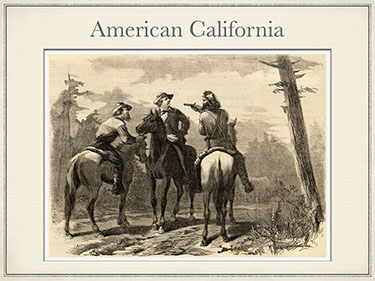
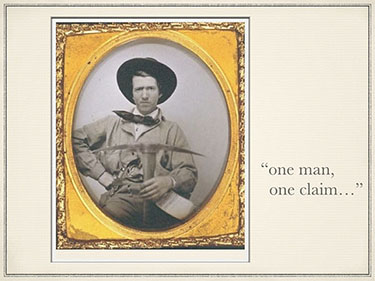
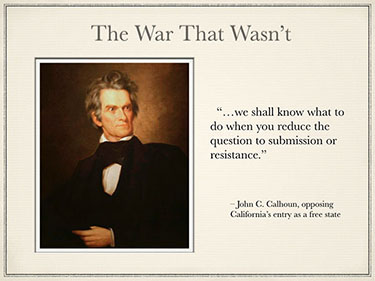
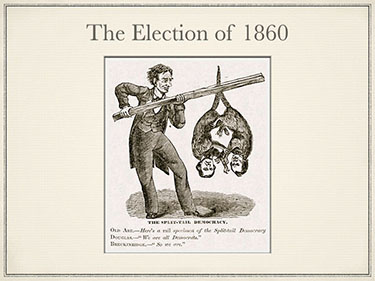
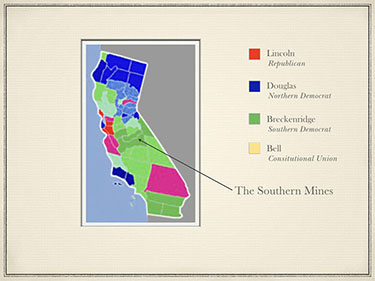
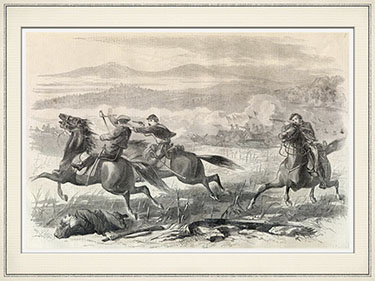
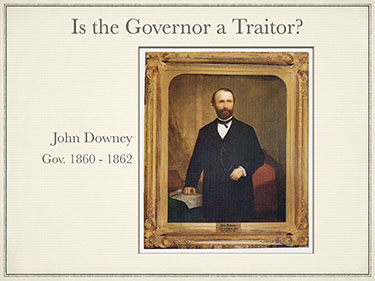
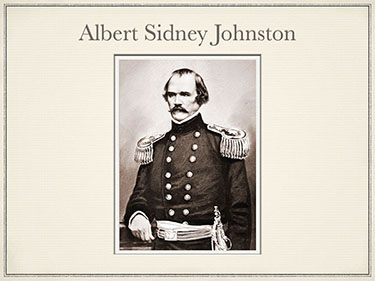
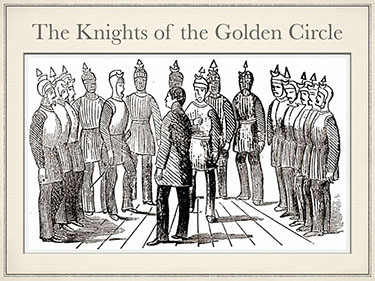
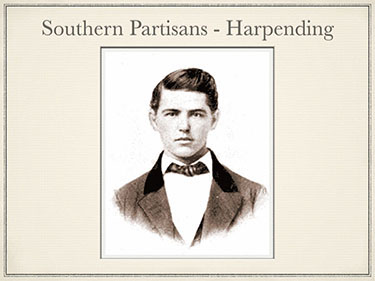
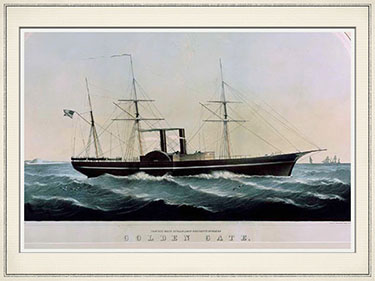
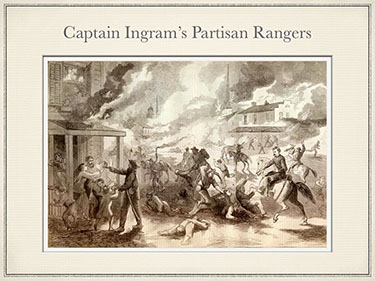
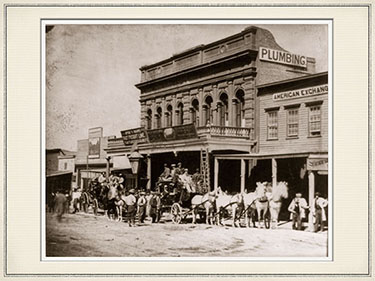
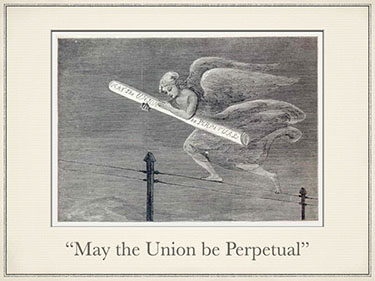
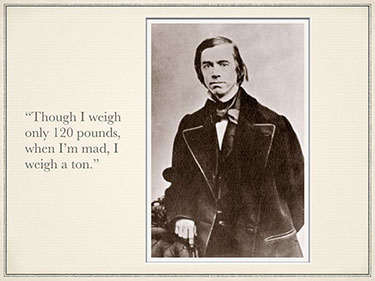
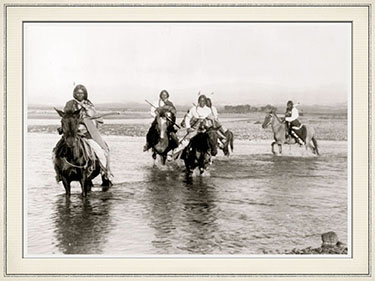
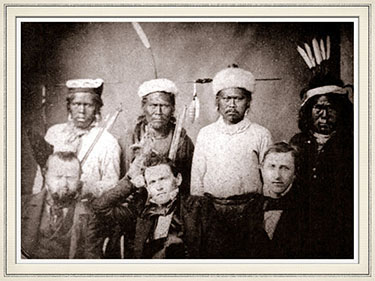
23 - 24
<
>
Multimedia Presentations
California Educational Multimedia offers richly illustrated presentations on historical topics, prepared by experts in the field. We currently have four programs on offer. (The fifth, Liz Lowrie's Guide, will be available when meeting restrictions are lifted.)
At the start of the war, no one knew which way California would break, yet eventually, the state became a bulwark of the Union. Here are the improbable facts.
 American
American
The Gold Rush brought tens of thousands of miners to the Sierra Foothills, and Nevada County's native people stood at Ground Zero. This is their story.
 Campaigns of the California Volunteers
Campaigns of the California Volunteers
California raised almost 16,000 volunteers to fight for the Union, but most ended up waging brutal wars against native tribesmen. We tell their tale through eyewitness accounts.
 Ghost Towns of Placer County
Ghost Towns of Placer County
Mining camps and towns sprang up overnight along the American River Canyon. The Placer County Museum archives provide an intimate portrait of these communities as the rose and fell.
 Liz Lowrie's Guide to Civil War Fashions
Liz Lowrie's Guide to Civil War Fashions
Nobody knows more about Civil War-era clothing than Lizzie, who presents her knowledge with passion and humor. Learn why wearing the wrong dress could kill you!
California and the Civil War
The presentation features 150 color slides and animations describing California's experience of the Civil War – the convulsive upheaval that almost destroyed the United States. The story starts with California's early history and continues on to the American Conquest and statehood. Surprises include California's pre-war political connection to the South and its decidedly mixed record on slavery.
Despite its Border State demographics, California swung into the Union column in the months following Fort Sumter. Patriotic young Californians signed up to fight the Rebels, but found themselves instead dispersed across the West, waging brutal campaigns against native tribesmen seeking to roll back the tide of white settlement. California contributed mightily to the war economy. Its gold kept the federal government's credit afloat and provided a quarter of all the funds spent on the care of wounded soldiers and their families.
Sample slides with captions
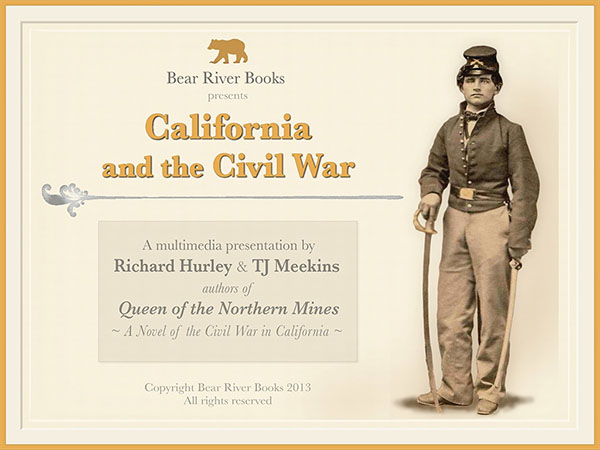
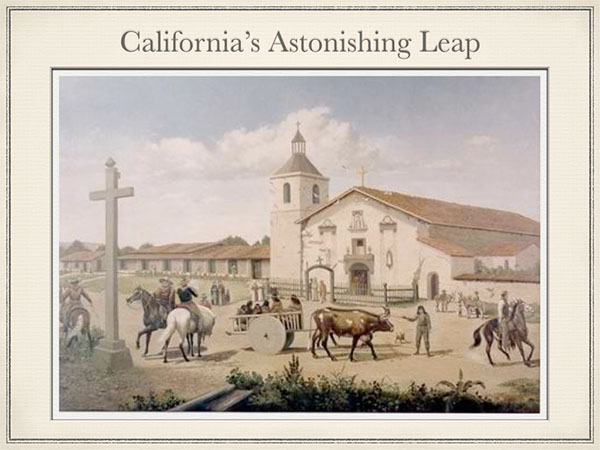
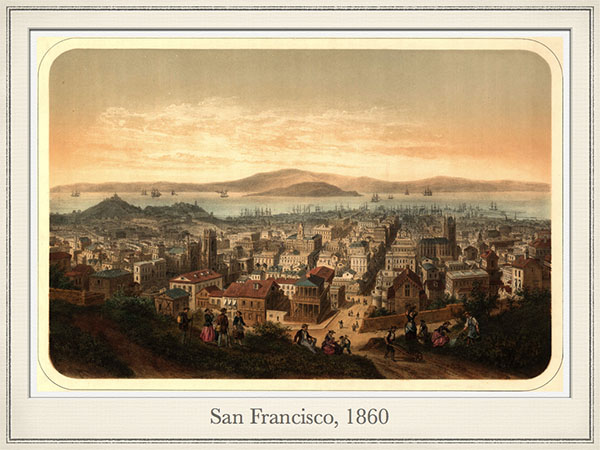
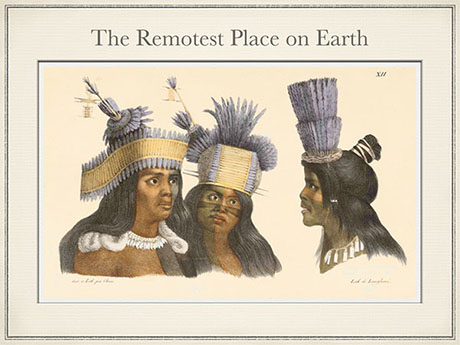
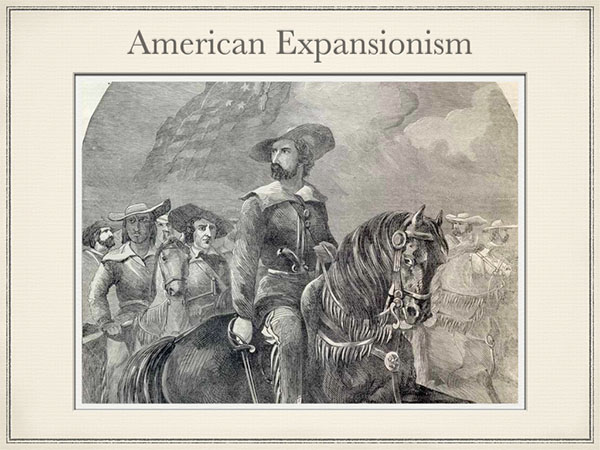
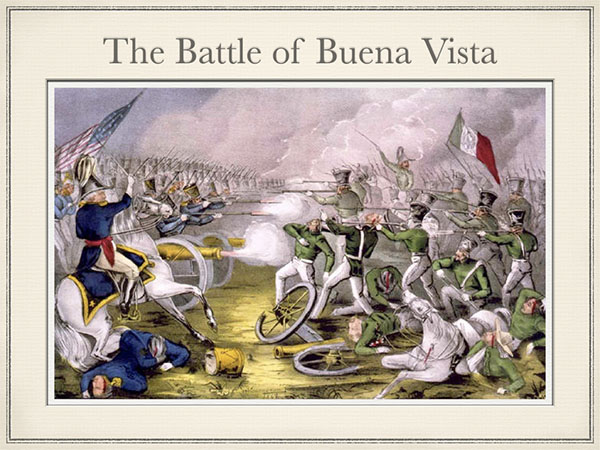
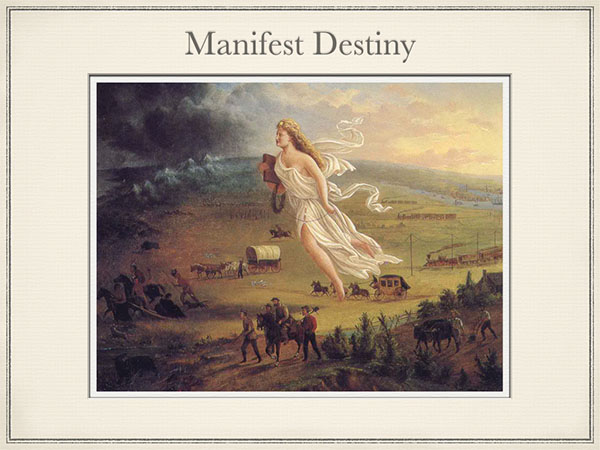
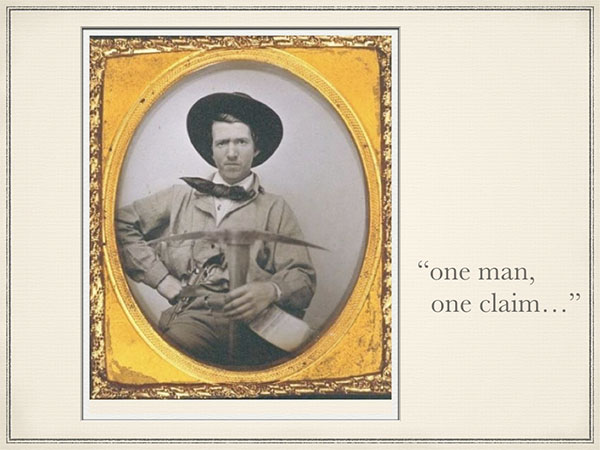

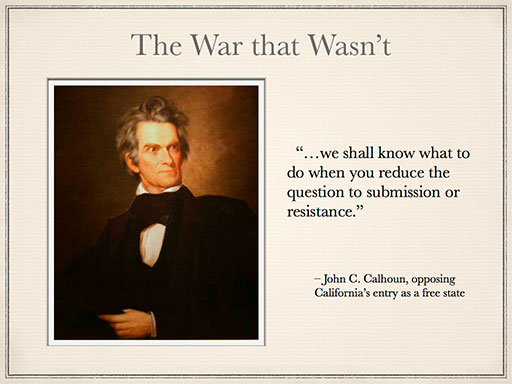
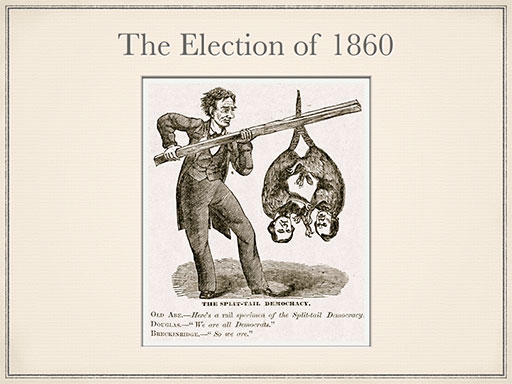
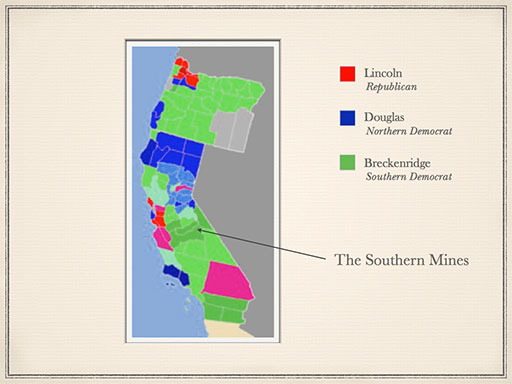
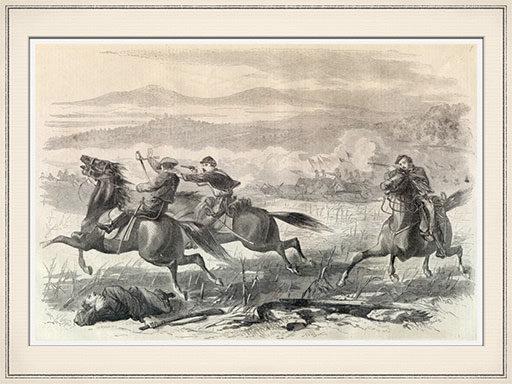
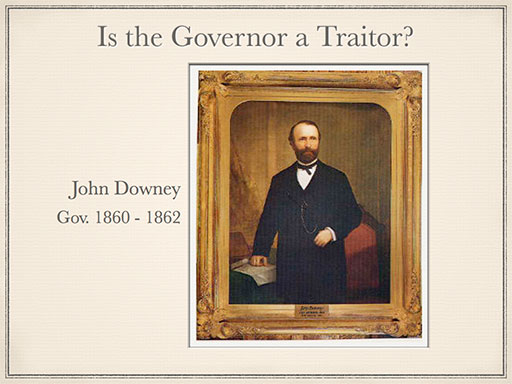
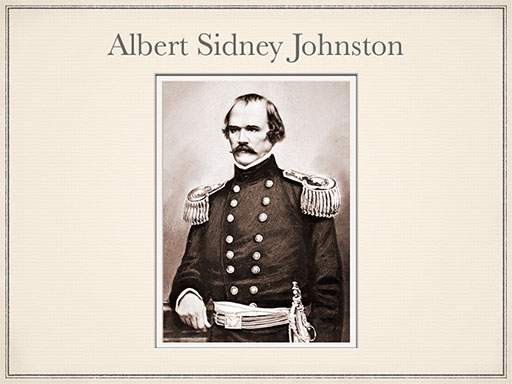
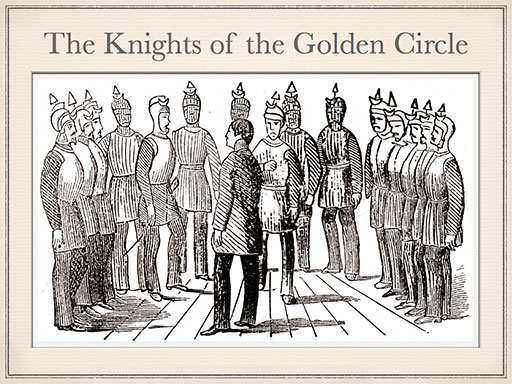
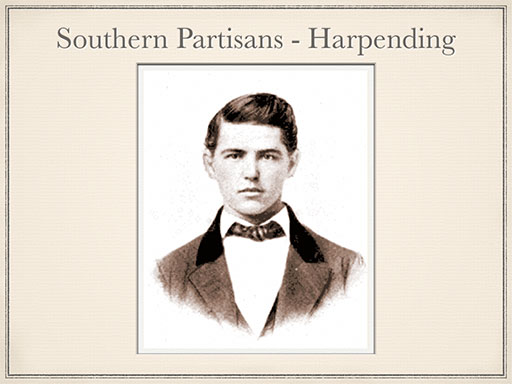
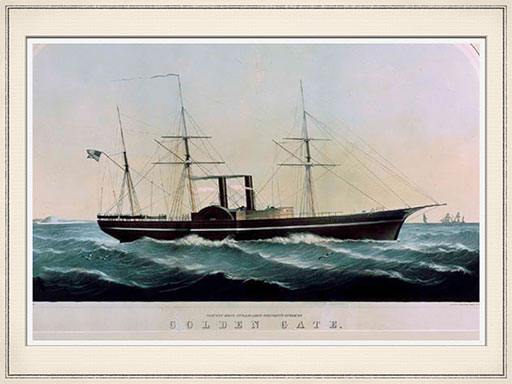
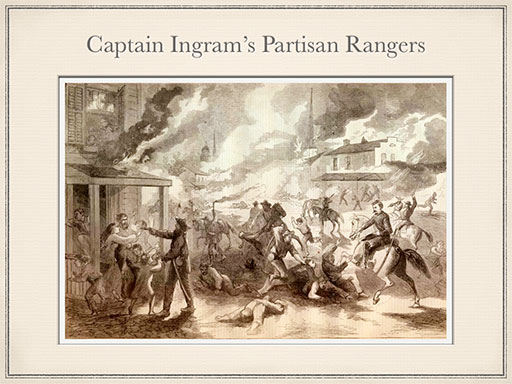
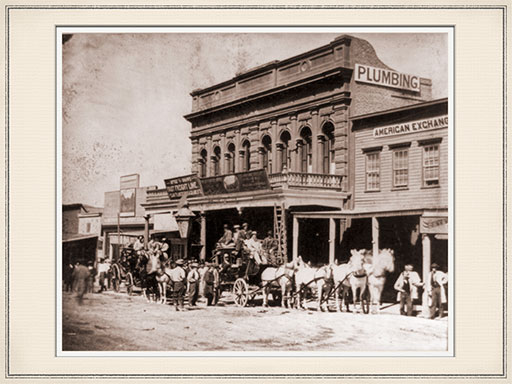
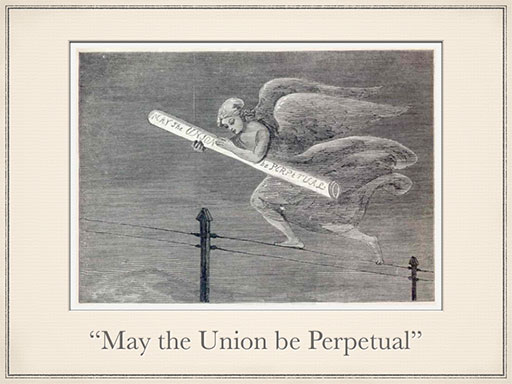
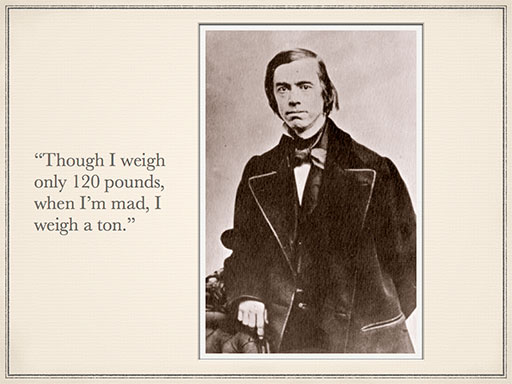
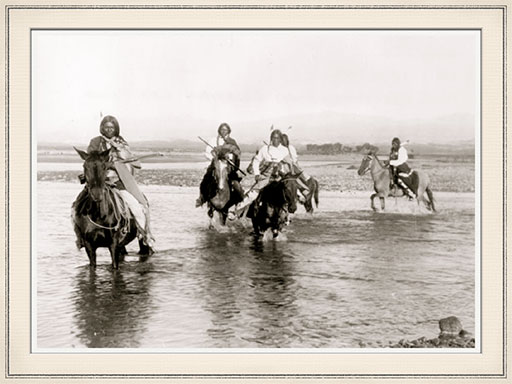
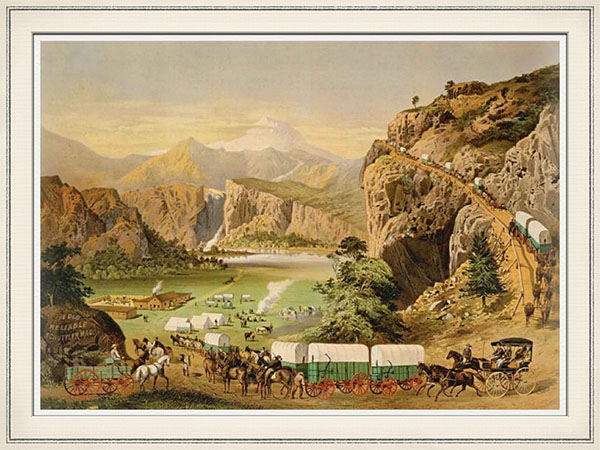
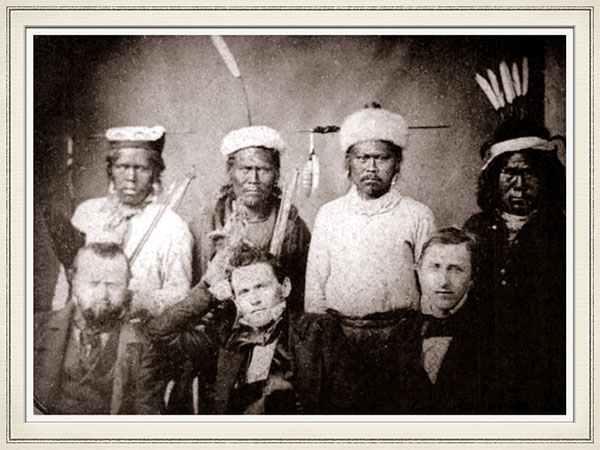
4 - 25
<
>
American California and the Fate of the Nisenan
This presentation is a case study of the impact of the Gold Rush on the Native American people of California.
In 1849, the Nisenan people of Nevada County found themselves at Ground Zero. They numbered perhaps 4,000 to 5,000 at that time. The 1870 county census counts only 9 souls.
Many were not counted who had fled the area and others avoided white officialdom and their lists. The Nisenan people did, in fact, survive, but the ordeal was horrific. Nor did it end when the wave of miners receded.


Treaty Commissioners and Nisenan headmen
Removal of the Nisenan from the gold-producing areas was arranged by a treaty that was subsequently ignored by Congress. The original agreement was to settle the tribe on substantial lands near their homeland. In fact, survivors were sent to a reservation 150 miles away.
Working for and intermarrying with white settlers allowed some of the Nisenan to ride out the storm. A rancheria was created, but discrimination continued unchecked for generations.
Current efforts at cultural revival are bearing fruit, but much of the loss due to dislocation and population loss is irreversible.
The experience of the Nisenan in many ways represents the fate of other native peoples of California. It is exceptional mainly because of the speed and scope of the disruption that overwhelmed their community.
Campaigns of the California Volunteers
Despite California's large population of transplanted Southerners, California filled its Civil War draft quotas handily. 15,750 men volunteered to help save the Union, but few of them saw action against Confederates. Some were stationed in California to guard against Secessionist uprisings, others were stationed across the West, where they replaced the regular army troops who were recalled to fight back east.
Californian Volunteers did not experience an easy war. Far from it. In addition to disease (which killed twice as many men as combat in the Civil War), the California Volunteers faced the dangers of Indian warfare and the lethal threat posed by the harsh Western landscape itself.
Californians waged brutal campaigns against the Paiute, Shoshone, Navajo, Kiowa, Comanche, and Apache peoples. They fought in pitched battles that are little known today, overshadowed by the carnage back east.

Colonel Christopher "Kit" Carson
Kit Carson led a mixed force of California and New Mexico Volunteers and Ute scouts in a near-suicidal expedition into the heart of the Comanche empire. They survived thanks to a pair of mountain howitzers, commanded by a Sacramento printer who believed that the cannon was mightier than the pen.

Officers of the California Column
Originally formed to thwart a Confederate invasion of the Southwest, the California Column ended up campaigning to control the bloody anarchy that plagued the Department of New Mexico throughout the war.
Some Californians refused to be sidetracked into service in the West. They arranged with Governor Andrew of Massachusetts to sail back East, where they served under Colonel Charles Russell Lowell in the 2nd Massachusetts Cavalry. Lowell's unenviable assignment was to quell the legendary John Singleton Mosby, the South's most dangerous partisan leader. The Californians then served under Sheridan in his Shenandoah Campaign and were still in the fight at the end, when Sheridan blocked Lee's escape at Appomattox.
Ghost Towns of Placer County
Pioneering miners discovered rich gold strikes along the American River in the early days of the Gold Rush. They followed these leads back into the canyon wall through exploratory tunnels until they struck massive gold deposits lying on the bedrock of an ancient riverbed.
Extracting the gold required large numbers of skilled workers, and mining towns soon bloomed up and down the canyon. Some of these towns remained rough mining camps; others evolved into small towns with surprising signs of civilization, including schools, churches, and female inhabitants.


The towns flourished as long as the gold held out, then swiftly emptied out and returned to nature. Some sites have all but vanished. Others have retained small communities to this day.
Civil War Fashions
As a practicing seamstress, Liz Lowrie knows exactly what it took to make clothing of the Civil War period. She combines this knowledge with a deep understanding of the cultural context that generated the fashions of the time.

Liz Lowrie demonstrates clothing from the 1860s.
To learn more about CEM multimedia presentations
References
For a look at the history...
The Ghost Towns Interactive Exhibit
California Educational Multimedia
© 2020 California Educational Multimedia.
All rights reserved.
